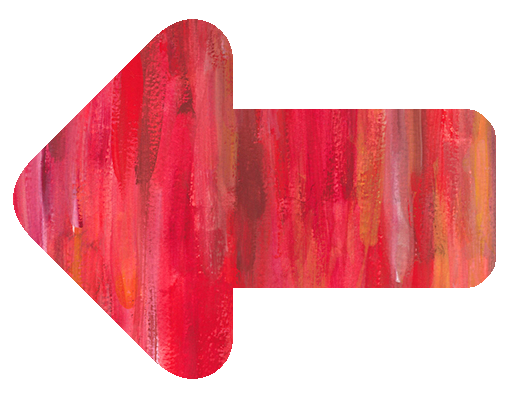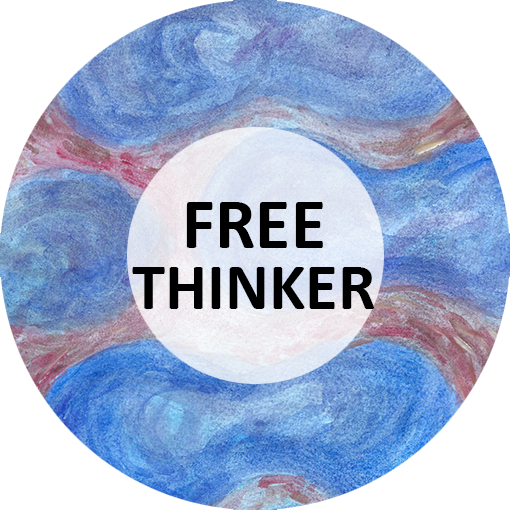
The Banana Show: Carnivalesque Universe
Curated by T. Shuxia and Stephanie Chia
This e-gallery is best viewed on a desktop.
“Isn’t Banana just a simple tropical fruit? How does Banana represent non-banana concepts? Interestingly, the Banana prompt gave rise to many non-conventional, non-conforming, naughty and rebellious ideas! This fascinated us as we wondered if a different fruit— a strawberry for example— might have instigated a similar response from artists; what is it about Banana that seems to hold these underlying connotations?”
In this curation, we look at the different meanings that Banana represented. In particular, concepts that are carnivalesque and subversive. Stuart Hall’s theory on representation is used briefly to guide us to think about how Banana acquired different meanings. Mikhail Bakhtin’s idea on the carnival and carnivalesque in his writings in “Rabelais and His World” is used to frame and present the artworks.
The Theory - From the artworks, we saw that Banana is connected to certain non-banana ideas in our heads and Banana was used to represent them, changing the meaning of Banana as the fruit. Thus, meaning is not inherently fixed in nature but is a social construct from a shared system of language and concepts that helps translate representations. (Hall 21) Stuart Hall suggests that this shared system, or “conceptual maps and linguistic universe” is one way of thinking of Culture. As members of this culture, we understand the “codes (that) tell us which concepts are being referred to when we hear or read which signs” (Hall 21). In our case, the Banana is this sign.
Banana as a Carnival - Think of Mikhail Bakhtin’s idea of the Carnival sense of the world where:
1) the unlikeliest of people are brought together and encouraged to interact and express themselves freely,
2) unacceptable behaviour is welcomed and accepted without consequences,
3) everything that may normally be separated are allowed to unite, and
4) where blasphemy, profanity and parodies on things that are sacred are allowed. (Bakhtin, “Problems” 122-123, 130)
In a Carnival where contradictions are allowed - up is down, abnormal is normal, and ugly is beautiful - dual lives can be lived. There is temporary liberation from the dreariness of everyday life and the Banana is the object, the trigger point of this carnivalesque freedom.
Works Cited
Bakhtin, Mikhail. Rabelais and His World. Indiana University Press, 1984.
Bakhtin, Mikhail. Problems of Dostoevsky's Poetics. Minneapolis: University of Minnesota Press, 1984.
Hall, Stuart. Representation: Cultural Representations and Signifying Practices. Sage Publication Ltd, 1997.









